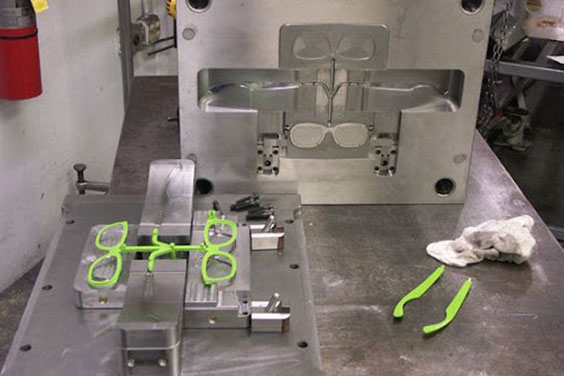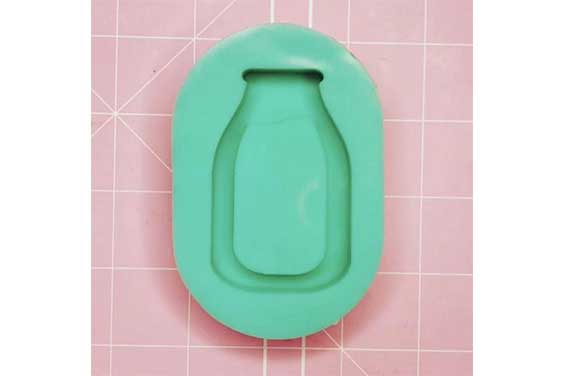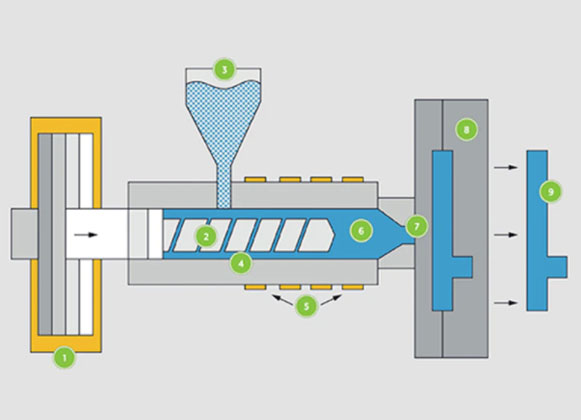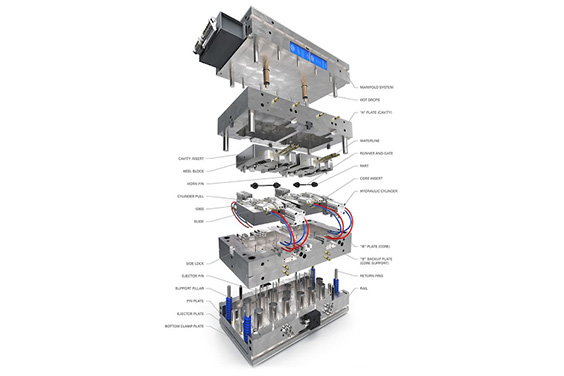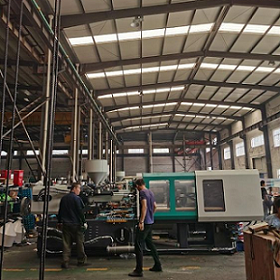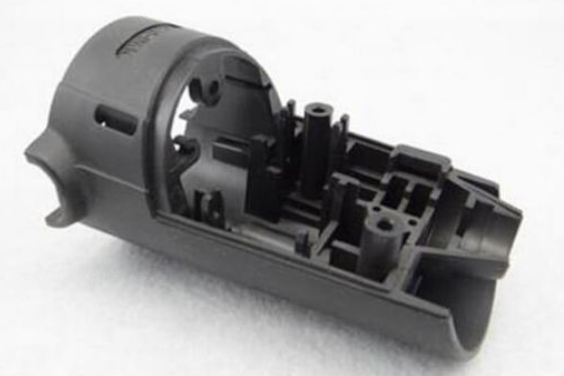It is dangerous to make use of components after they’ve been manufactured without encasing them with plastic. It’s essential to encase these components to make them useful for electrical purposes, have improved strength, and be more reliable. This process eliminates the need for secondary operations like adhesives and soldering.
Now, what is this encasing process? Insert molding.
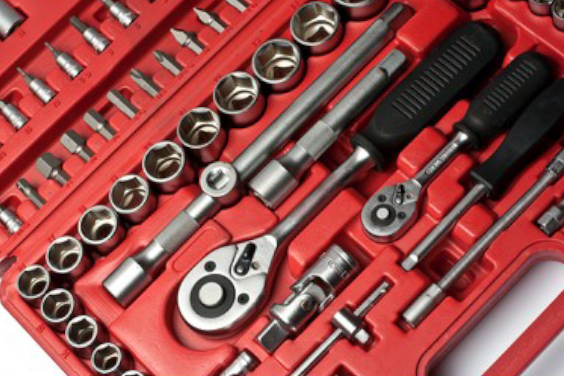
Insert molding is simply the forming of plastic parts around other plastic or non-plastic parts. It’s a process in which a plastic material is molded around an insert piece (mold or part), resulting in a single component. The insert piece is usually a simple object, like a rod, knife, screwdriver, surgical tube, or plier. However, sometimes it could be heavy and more complex objects, like batteries or motors. The insert piece is encapsulated with the plastic material, making it conducive and stable for use.
Factors to Consider before Using Insert Molding
Before making a decision to use the insert molding process, there are a few things to consider. They are:
- The total cost, including the insert piece and tooling cost.
- The insert piece ability to withstand the pressure and temperature that will be emitted in the insert molding process.
- How the insert piece will be held in place during the insert molding process.
- Materials like ribs and gussets that will be used to provide additional retention strength.
- The various plastic resins that will be combined to make the single component.
Insert Molding Process
Insert molding incorporates all forms of materials and components into one piece. Engineering plastics are usually used for this purpose, giving better wear resistance, strength, and weight reduction. For the insert molding process, a high-quality plastic injection molding cavity should be used. The insert piece and the plastic resin should be tightly constructed together. The tiniest misalignment, even a fraction of a millimeter, can cause the molding process to fail completely.
Follow this step by step process for your insert molding process:
- The insert mold or part should be cleaned.
- Put the insert mold or part into the plastic injection molding cavity.
- Support the insert piece to avoid it from falling off during the insert molding process.
- The plastic resin should be poured into the plastic injection molding cavity.
- Allow the resin to form around the insert piece.
After this, you are done. Now, the insert molded parts must have formed with the plastic resin to be a single piece.
Insert molding Benefits
Insert molding makes components safe for use as the plastics formed around them help to prevent abrasion or shock. Also, it improves the aesthetic design of the components and makes them easy to grab. This process is used as an alternative to secondary operations like connectors, adhesives, and soldering.
Below are the benefits you will derive from the insert molding process.
- Reduced assembly and labor cost: Insert molding eliminates a lot of manufacturing processes that require extra employees with wages. This results in fewer product assembly stages, fewer workers with less labor cost.
- Reduced size and weight of the component: The components are constructed tightly with durable and lightweight plastic resins, which make smaller and lighter components compared to when fasteners or connectors are used. It can be used on components that are small and thin without compromising their performance or strength.
- Improved component reliability: Insert molding involves the molding of plastic resins around components, making them have improved vibration and shock resistance. Components are tightly composed to the molded plastic, thereby ensuring proper alignment and preventing loosening. This guarantees trust and reliability on the components to perform exceedingly well with no danger involved.
- Improved component strength and structure: The strength of the plastic resin and the insert piece are combined together to create a single, strong, well-structured component.
- Enhanced design flexibility: The possibilities for custom insert molding are endless in terms of configuration and material combinations.
- Variety of materials: Several materials can be combined together to provide a single piece. They’re all lightweight and durable, making them appropriate for everything right from customer goods to heavy-duty industrial applications.
Insert Molding Applications
Insert molding was first used to encapsulate wire plug connections on electrical cords and to place threaded inserts into molded parts. But there are a variety of bespoke insert molding applications available today. They include:
- Military equipment.
- Electronic and electrical gadgets, such as pliers, chargers, and screwdrivers.
- Threaded fasteners.
- Medical equipment, like needle hubs and tube valves.
- Appliance knobs.
Insert Molding vs. Overmolding vs. Insert Injection Molding
Insert molding, overmolding, and insert injection molding are three different methods of making plastic components. These three processes have their unique procedures and provide end products with distinct features.
Insert molding means molding of plastic around a previously fabricated component. This method is done to shield the user from shocks and to provide extra qualities for the component. Qualities like resistance to wear, better strength and structure, and reduced size and weight.
Overmolding, on the other hand, is the molding of plastic over another molded plastic. It’s a two-step process that involves molding plastic around a previously molded component. At the end, only one finished product is produced, but it will be possessing extraordinary features like better durability, improved safety, and increased strength.
Insert injection molding process involves pouring one or more heated plastic resins into a mold to produce a single piece that is completely encased in plastic. It enables a quick and cost-effective assembly procedure, resulting in smaller and lighter parts.
Conclusions
Insert molding process is a step taken after components are manufactured. It involves the molding of plastic resin around components to make them sturdy and safe for use. Carrying out this process is quite easy. All you need is an insert piece, plastic resin, plastic injection molding cavity, and supporting materials to keep the insert piece in place during the insert molding process. The process has been explained above.
Reach out to us if you have further questions you would like to ask, or if you would like us to help you with your insert molding project. We have professionals who you can rely on for a perfect job.


